| 1 | Grenada’s most common snake |
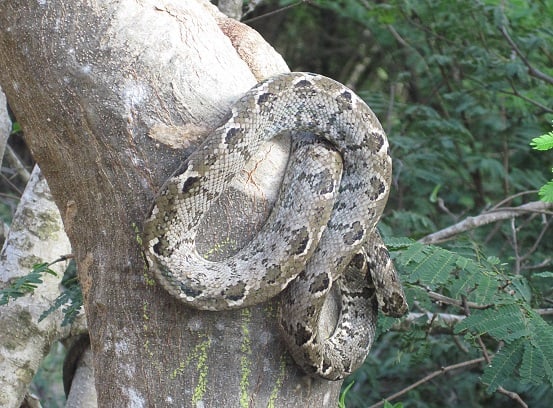
The Grenada tree boa is the main boa species of the Caribbean nation of Grenada, as well as surrounding islands. It’s an extremely abundant species in the island’s woods and towns, which requires no effort to track down whatsoever. It’s such a common species that locals barely bat an eyelid at them anymore, even if tourists are pointing excitedly.
The Grenada tree boa (Corralus grenandensis) averages at 150cm, with a maximum of 188cm. They’re one of four snakes on the island of Grenada, and easily the most common. They belong to the Corallus boa genus, which also includes the hyper-green emerald tree boa of the Amazon rainforest. Their closest relatives are the Amazon tree boa and Cook’s tree boa, as the three species are believed to have diverged just 2 million years ago.
Grenada tree boas are found not just over all of Grenada, but the chain of Grenadine islands dotted to the south. These include Carriacou, Mustique, Mayreau, Union and Canouan. Across each island, the local Grenada tree boas have slight differences in skull shape and skull thickness.
Grenada tree boas are a lover of trees, as their name suggests. However, they’re a rare snake that actually benefits from mankind’s presence, if anything. The Botanical Gardens of St George’s (Grenada’s capital) are a notorious lair of this species, shocking tourists for decades.
| 2 | Hotspots: mango and breadfruit farms |
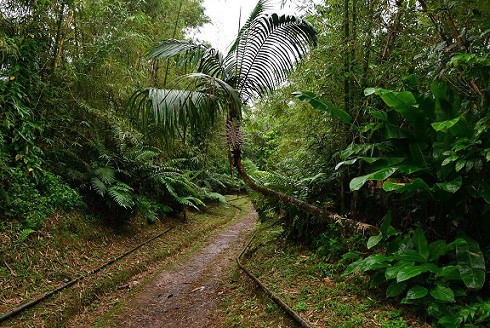
Grenada tree boas dislike the heaviest rains, and become much harder to find in raging downpours. Light rains and mist are perfectly acceptable for them. The single most common location for Grenada tree boas are fruit plantations near villages. As youths, they’re more common in thorn scrub woodland, as this is a hotspot for their anole prey. With age, their dependence on anoles decreases, and adult Grenada tree boas are barely found in thorn scrub at all.
Instead, they ascend to forested areas with greater shade, often directly next to plantation workers toiling in the humidity. Grenada tree boas can be found in coconut, breadfruit, mangos, cacao and banana trees alike. They’re a common sight in mixed areas of agriculture where all these coincide, tended to locals by hand, sometimes separated by pockets of dry woodland.
They’re especially common in mango and breadfruit trees, and this liking for fruit trees might be tactical – to ambush the hopeful animals trying to feed on their juicy produce. Surveys have been able to find 20 snakes per hour in these goldilocks spots.
| 3 | A snake of many colours |
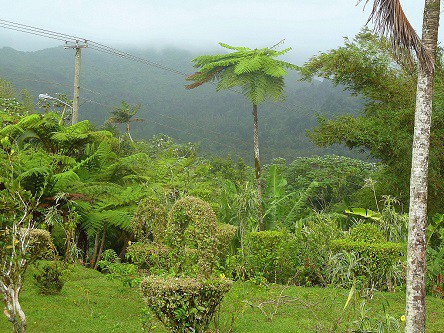
Like their Amazon tree boa relative, this species has highly variable colours. Brown or red is standard, but Grenada tree boas can look like a leopard, a bowl of jelly, or a molten boulder all the same. The eyes and tongue also change in close correlation with these morphs. With brown boas, the iris and tongue are also brown, and likewise with yellow.
Their bodies are lined with blotches, which are mushroom or spade shaped, or sometimes question mark shaped. However, the yellow boas are often patternless. Different islands have a correlation with different colours, such as on the small island of Mayreau (population 271), where orange or red is most common. On Carricou and Union, the vast majority are grey with grey or brown markings.
Grenada tree boas are also one of the thinnest boas in existence, even thinner than the Amazon tree boa, and have a particularly narrow head. They reach a maximum length of 188cm.
| 4 | Diet of a Grenada tree boa |
Grenada tree boas undergo an ontogenetic change in diet – their food staples change with age. As hatchlings, they eat a deluge of anole lizards, particularly the green anole (Anolis carolinensis) and Grenada tree anole (Anolis richardii). Size seems to be the determiner, as anoles are the favourite at under 60cm (excluding the tail). Up to 110cm, there’s a mixture of rodents and lizards, before rodents take over fully at over 110cm.
With age, they graduate to rodents, and switch to ambush hunting, lurking on branches and not moving for hours, except maybe their cunning vertical pupils. But when they do move, adults are much faster than younglings. They also travel longer distances, moving to entire new areas. Grenada tree boas aren’t bound to their branches like an emerald tree boa, and regularly drop to the floor to seek out more bountiful branch perches.
This love of rodents is why fruit plantations are so popular, and they’re a silent friend of farmers. Grenada tree boas eat prey an average of 30% of their own body mass, but have been recorded eating up to 122%.
| 5 | Adult ambushers, youthful pursuers |
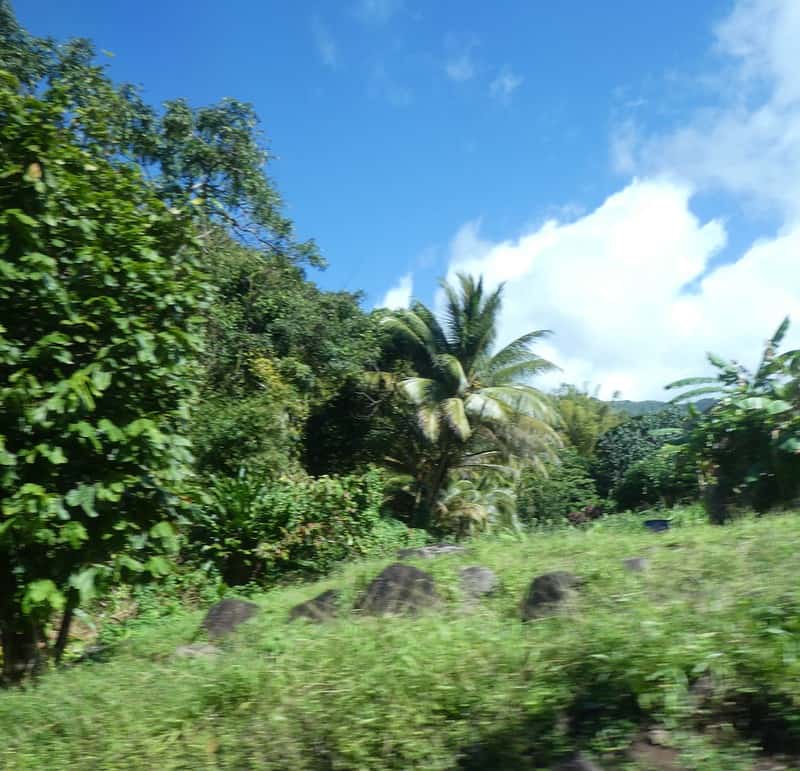
As youths, Grenada tree boas are active foragers, seeking out lizard prey purposefully while scanning the horizon. Grenada tree boas often fleck their tongues against leaves, searching for chemosensory chemical clues, revealing lizards that passed by perhaps mere minutes ago.
Once they spot a lizard, the constant tongue flecking abruptly ceases. This is an extremely stealthy snake, one of the most careful around. They sneak up on inactive lizards at extremely low speeds, just 1cm per minute, using every last drop of patience. They can spend days searching for one lizard, so spending 30 minutes covering the last 30cm is no big deal. Once they reach 3cm away, the Grenada tree boa finally pounces, never realising its prey until fully swallowed.
Grenada tree boas also swallow up lizards as they sleep, and they strongly prefer the early hours of the night. Though Grenada tree boas hunt under darkness, they seem to give up at midnight, for whatever reason.
| 6 | A picky eater |
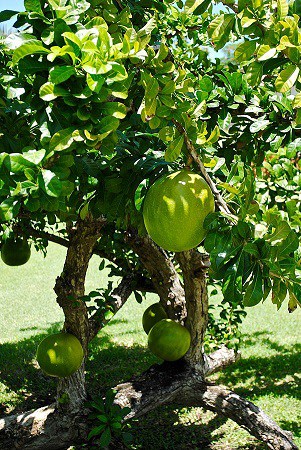
Grenada tree boas seem to strongly dislike frogs. In June 2002, scientists observed a Montserrat whistling frog, leap directly into the path of a foraging boa. The snake paused for a moment, before moving on.
Similarly, one Grenada tree boa slithered towards a gecko obliviously, before suddenly realising. The two stared at each other for 5 seconds, the boa being just 5cm away. The boa then advanced to just 3cm away, and paused for 30 more seconds. The suspense was building, but the boa slithered on instead, tongue flecking the bark the gecko had rested against curiously. Geckos have never once been recorded in its diet.
Corallus grenadensis seems much fussier than its Amazon tree boa relative in Brazil (which gobbles up almost anything). However, they do occasionally dine on Robinson’s mouse opossum, a marsupial which isn’t even native to Grenada. With mammals, they stick to basics like the black rat (also invasive), taking 15 minutes to swallow one.
Grenada tree boas can strike with ease no matter how precarious their branch. They fasten the tip of their tail to the bark, lower their body, and coil the remaining 3/4 of their body into a double s-shaped coil, with their neck and head pointing horizontally forward, ready to pounce. They have an extremely strong tail; if a human tried this, or even the likes of garter snakes or adders, they’d fall flat on their face.
| 7 | Climbs random manmade objects |
This snake is perfectly comfortable in human environments, even popping up in the ornamental trees of a hotel parking lot. You can find them looming above you on a dirt track bordered by forest, or on a tree near a streetlight just opposite the street from the family porch.
Grenada tree boas appear in cemeteries closed off by chain link fences, and even weave along electricity cables crossing busy main roads. Locals told researchers that the boas had even been electrocuted before while crossing these cables, plunging to the road. In 2015, scientists were walking a dirt track near Westerhall Estate, southern Grenada, when they captured their own pictures of the snake weaving across narrow cables, like a tightrope walker. The cable was bordered on each side by trees – connected branch perches are all the Grenada tree boa needs, and they can cope with mankind with ease. Grenada tree boas also have a reflective eyeshine, that makes spotting them in towns easy.
Grenada tree boas are very rarely found on low vegetation, always in medium to tall trees. In a survey which encountered the snake 37 times, not a single one was found on a plant below 3 metres in high. Their branch perch varied from 0.5 metres, to as high as 15 metres, easily high enough that you could walk beneath a dozen watchful snakes and never notice.
| 8 | Tricky as a pet |

Grenada tree boas aren’t the easiest to feed in captivity, particularly compared to Puerto Rican boas. The young often require persuasion to start eating, even if it’s a favoured food item like brown anoles. It’s possible that without their natural foraging expeditions, sitting still in a container all day, their hunting instincts get confused. If a Grenada tree boa hasn’t started feeding of its own accord by day 120, then it will usually go downhill and never recover. At 18 months or so, they can be converted to a mouse diet, but require persuasion such as scenting. Once converted, they grow like a weed, but even as adults they can become picky eaters on occasion.
Experts have manage to breed Grenada tree boas, some reporting a litter of 30 (the size is poorly studied in the wild). Apparently, the trick to kickstart breeding is a period of misting to cool down the container, lasting for 4-8 weeks, followed by a gradual warm up. If males and females begin intertwining their tails, that’s a sure sign that they like (maybe love) each other.
| 9 | Still plentiful on Grenada |

Grenada tree boas aren’t even close to endangered, mainly because they’re far more adaptable to agriculture than Jamaican or Puerto Rican boas. In fact, it’s estimated that they’re more abundant than before the Colombian era kicked off in 1494. In the 18th century, Grenada was converted to endless sweeping plains of sugar, being shipped across the Atlantic to eager customers in Britain. This was a nightmare for Grenada tree boas, but in the 1850s, cocoa plantations began take over, whose high canopies were much more suitable. By 1878, cocoa had surpassed sugar.
Grenada tree boas remain a common sight in residential areas, on a garden walk or on a country drive. Because they’re a tall tree dweller, there’s less chance for fearful locals to kill them. Today, there’s estimated to be 7000 to 8000 remaining on Grenada.
Grenada tree boas are non-venomous, but don’t hesitate to bite. They also have a strong instinct to coil up into a huddle and shield their brain – it’s hard to tell which route this tree snake will take. Both young and adult Corallus grenadensis will form this frightened defensive ball, looking like they’ve tied themselves in a knot.
| 10 | Dislike the driest habitats |
On Petite Martinique, an island which is a dependency of Grenada, this species is the only resident snake alongside Barbour’s tropical racer (Barbour was also the scientist who discovered the tree boa). Corallus grenadensis was first recorded on Petite Martinique in 1879, and wasn’t recorded there again until 2012, when scientists set sail on a determined expedition. The snake was much rarer than on mainland Grenada, and most of the locals seemed unaware of its existence.
Grenada tree boas are found from sea level to 500 metres, although Grenada isn’t particularly high anyway, with Mount St Catherine being the island’s summit at 833 metres. Above 400 metres, they instantly become far less common. They avoid the driest areas – they’re also found on Union Island south of Grenada, but this is an xeric habitat with far lower rainfall levels. Consequently, they’re found in far lower densities, with 2 sightings per hour being typical. Likewise, the southwest of Grenada is particularly dry, and Grenada tree boas are much less common again.
